Sea-Bird Scientific was proud to host a Seattle Ocean Science Mixer on June 1, 2023 for World Oceans Day.


Sea-Bird Scientific was proud to host a Seattle Ocean Science Mixer on June 1, 2023 for World Oceans Day.
Sea-Bird Scientific was proud to host a Seattle Ocean Science Mixer on June 1, 2023 for World Oceans Day.

March 2019 Newsletter The data shown above come from a SeapHOx V2 (red) and Deep SeapHOx V2 (blue) deployed next to one another in a dynamic estuarine environment. Regular pH validation samples were collected throughout the time-series. According to the 0.05 pH...
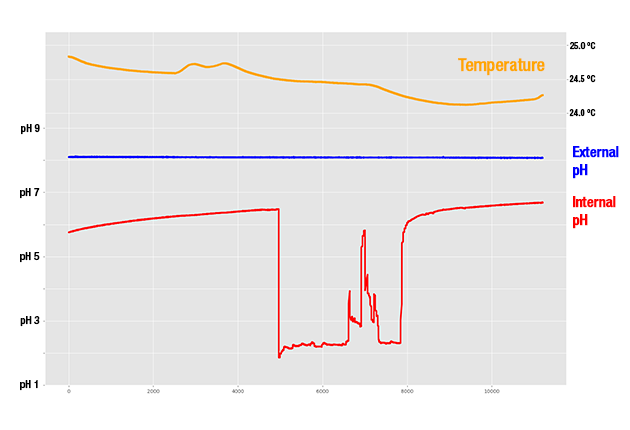
The data above originate from a SeaFET pH sensor connected to a flow-through system that should provide stable, consistent data. As you can see, the Internal pH value experiences a dramatic drop in pH and a subsequent increase in noise midway through data collection....
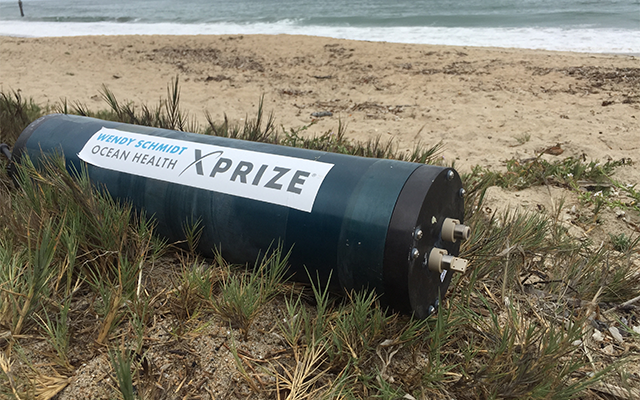
Although it’s barely the size of a breath mint, the Ag/AgCl reference allows the Deep SeapHOx V2 to dive deeper than any other pH sensor. Learn how a solid-state reference electrode allows the SeaFET V2, SeapHOx V2, and Deep SeapHOx V2 retain accuracy across a much...
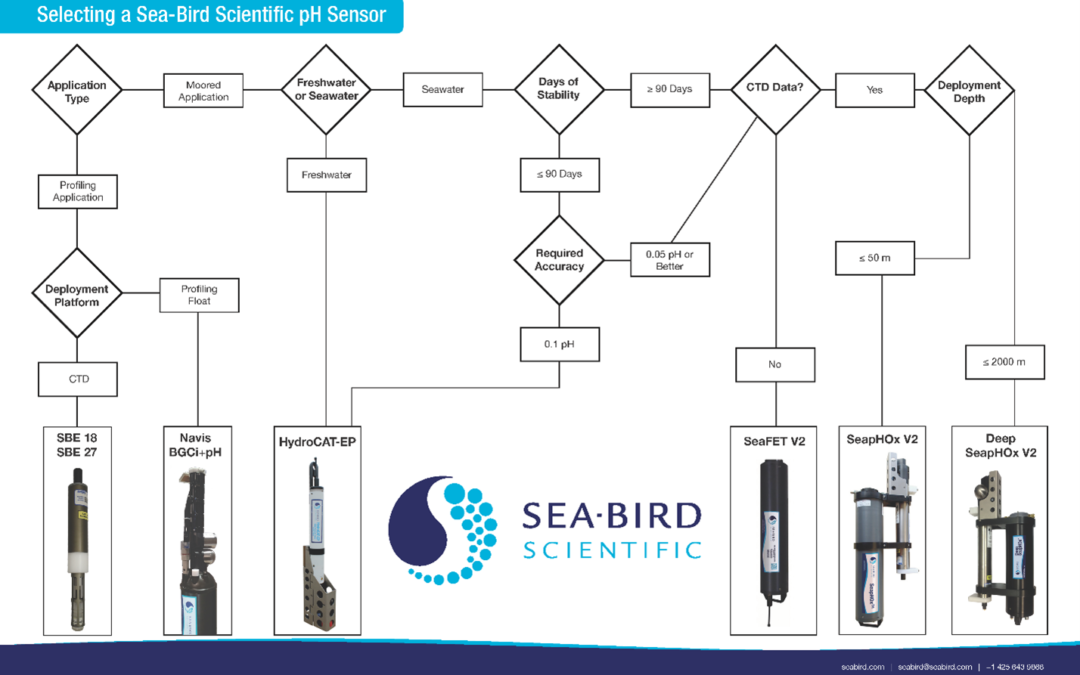
There are plenty of pH sensors on the market, with some recent additions showcasing novel technology and design. Among Sea-Bird Scientific’s holdings, we offer 7 different pH sensor models divided amongst 2 different technologies: ISFET and glass-electrode sensors. To...

Back in May 2018, Sea-Bird Scientific upgraded the SeaFET™ pH sensor to the “SeaFET™ V2”, improving upon the performance of the original SeaFET™ while retaining the same underlying ISFET sensor technology. The SeaFET™ V2 improves upon the original SeaFET’s...
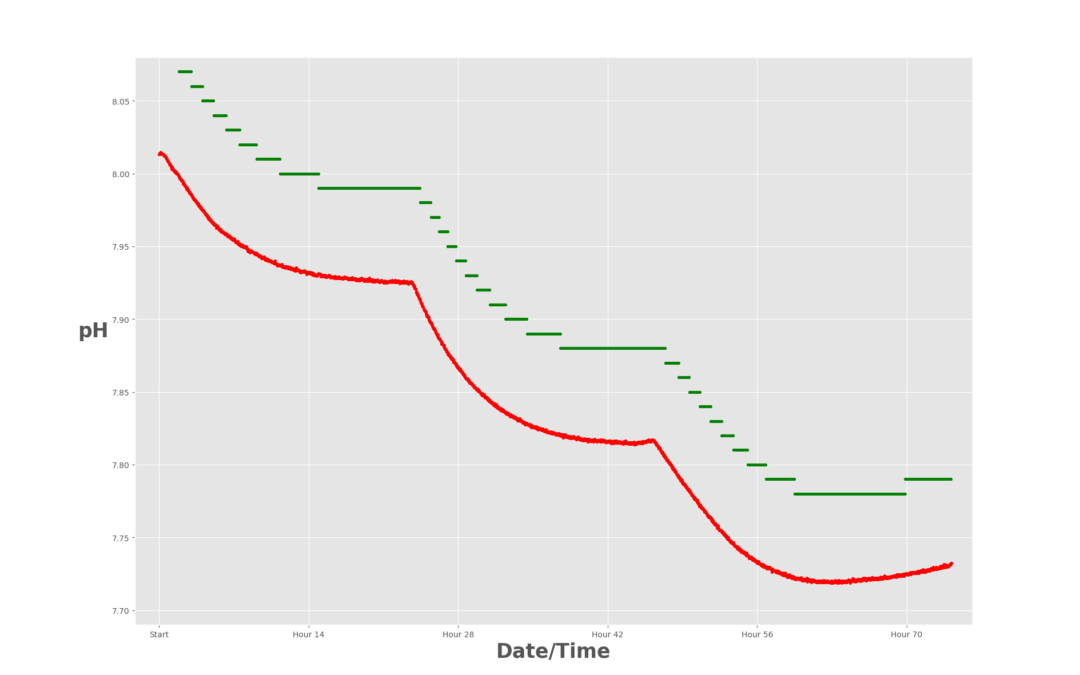
January 2019 Newsletter The data shown above originate from two different pH sensors deployed in the same well-mixed test bath. Both sensors were cleaned, tested, and calibrated before deployment, and were given 24 hours to equilibrate before recording data. So why...
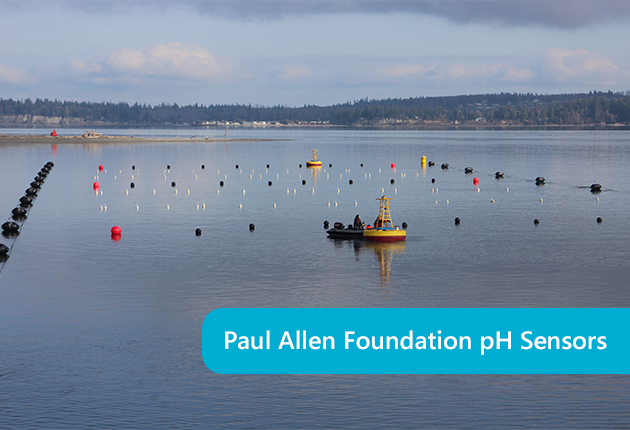
December 2018 Newsletter Spanning January to July 2018, two alpha SeapHOx V2s (serial numbers 001 and 002) tracked changes in pH at an experimental kelp farm funded by the Paul Allen Foundation. The purpose of the experiment was twofold: field-test the upgraded...
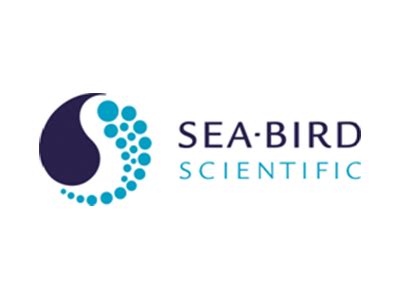
Upgrading to a SeaFET V2 from the original SeaFET is completely internal—aside from the most inaccessible hardware within the instrument, the V2 uses the same housing, sensors, and batteries as the V1. Therefore, the basic maintenance procedures for the V1 and V2 are...
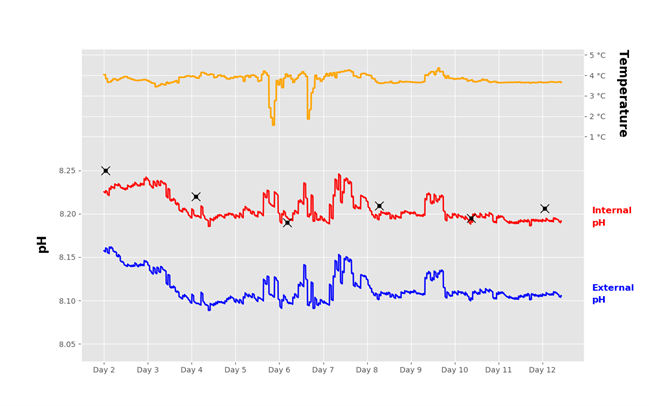
The figure above originates from a single Shallow SeaFET V2 pH sensor, which produces two pH values (Internal pH and External pH) from two separate reference sensors. The black X’s indicate pH validation samples. While environmental conditions affect each the...
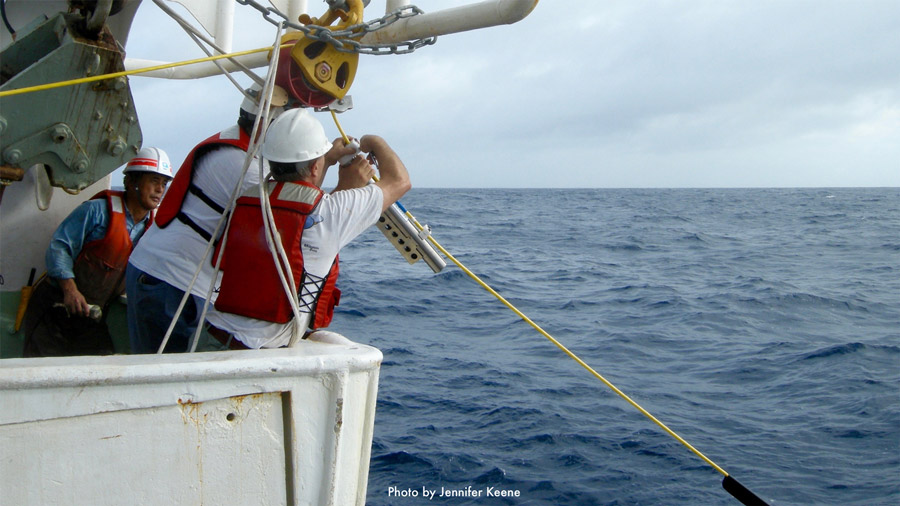
An ocean mooring can help with more than publishing research papers. When sensors can talk to the buoy controller, and the buoy controller can call home, real-time moorings can provide useful data for short-term regional storm forecasting. Such was the case with...
Technical Forum in Partnership with Scripps Sea-Bird Scientific is eternally grateful for having had the opportunity to present at a Technical Forum to the Scripps Institute of Oceanography community on April 6, 2023. In this session, our optical experts, Cris...
NEW in Optics: The LED AC-SWe are more than ecstatic to announce the release of the NEW LED AC-S Spectral Absorption and Attenuation Sensor. It is the first of its kind, and a standalone transmissometer in the market.The AC-S provides in-situ optical...
Scripps Technical Forum Time: Thursday, April 06, 2023 | 12:00 PM to 1:00 PM Location: Hydraulics Lab Mezzanine Sea-Bird Scientific is grateful for the opportunity to present at a Technical Forum to the Scripps Institute of Oceanography community. In this session,...